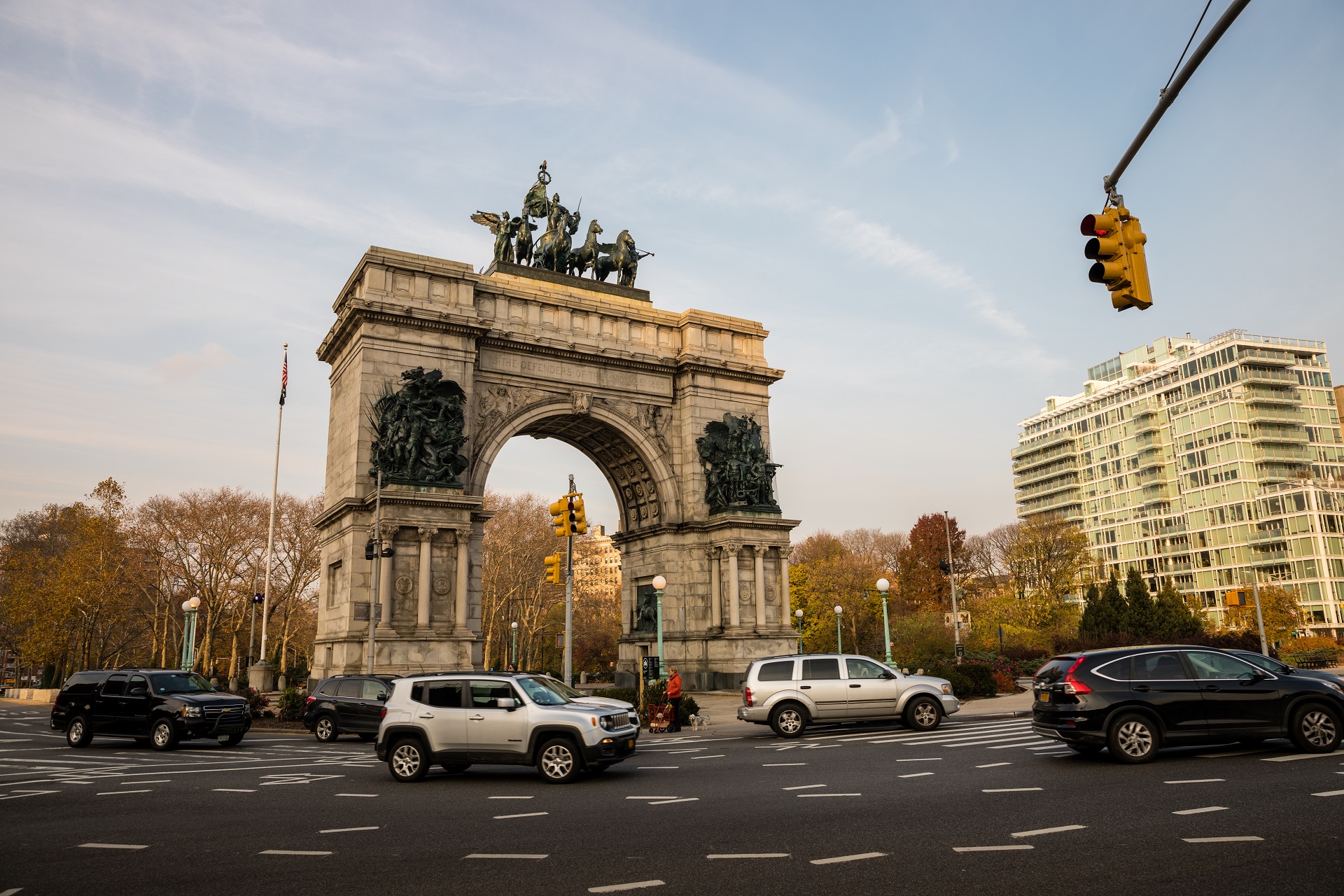Five sublime pieces at Brooklyn Museum’s Frida Kahlo exhibit, opening today

Nickolas Muray (American, born Hungary, 1892–1965). Frida with Idol, 1939. Carbon print, 11 ¼ × 16 ¼ in. (28.6 × 41.3 cm). Courtesy of Nickolas Muray Photo Archives. © Nickolas Muray Photo Archives
Frosted Pink Lightning.
That was her nail polish. The bottle is vivid red, actually — the same color as the lace-up boots she rocked with her prosthetic leg.
Welcome to Frida Kahlo’s world.
